dr jay wile discovering design with chemistry videos
Discovering Design with Chemistry
Discovering Design with Chemistry by Dr. Jay Wile offers a very solid, college-prep chemistry education. Dr. Wile employs the "atoms first" approach to his chemistry presentation in this text, which is different from Exploring Creation with Chemistry 2nd Ed. (also authored by Dr. Wile). This approach presents foundational information about atoms and molecules, and then builds upon that information for a logical sequential presentation of topics.
The first thing I noticed when I opened the front cover is the similarity in format to other text books written by Dr. Wile. More reading and fewer pictures, assuming that you need to know everything about this subject and there is no teacher present. This text is homeschool- and user-friendly in so many ways; everything is easily accessible and all information is at your fingertips. The Periodic Table is printed inside the front cover, along with a list of the elements ordered by their chemical symbols in alphabetic order. An introduction explains why chemistry is an important subject not just as a high school course, but life application.
There are 16 chapters and each includes reading and experiments. Within each chapter are statements and equations printed in pink boxes and definitions centered in the text; these need to be memorized by the student. Comprehension Check questions are found within the reading. These are offered periodically to see if the reader understands the information that was just presented; solutions are found near the end of each chapter. A chapter review rounds out the chapter information. This section reviews all of the information found in that chapter. If you were comparing this text to the 2nd edition of Exploring Creation with Chemistry, you would find that it discusses spectroscopy more and environmental issues less. Main concepts remain the same as what you might typically find in a high school, college-prep chemistry course. All of this is presented from a creation perspective and gives credit to our Creator.
In the front of the book Dr. Wile explains how to use the course in one academic year. If you want something more structured, a 36-week lesson plan is included in Appendix B. The lessons are laid out week-by-week and day-by-day with boxes to check off as you complete them you have permission to copy this for marking purposes.
There are 46 experiments within the text, and you will do about 3 of them every 2 weeks. Dr. Wile also explains how to keep a record of your experiments. A lab kit is available for this course, but if you don't want to purchase the kit, there are still 27 experiments you can do using just household items. Appendix C offers guidance on how to do experiments without the kit and adjustments you will need to make. In the informational pages at the front of the book, you will find a list of the kit contents and additional items needed, listed by chapter.
A website accompanies this course that includes free resources video samples of mathematical examples, videos of some experiments that illustrate textual concepts (but are not offered in the text), further discussion of some of the course topics, and extra practice problems. The web address is found in the front of the text, just before the table of contents. If students get stuck on a problem or concept, a different website is available askdrwile.com where Dr. Wile has made himself available for additional help. A glossary is included at the back of the text and some helpful tables are printed inside the back cover.
The Answer Key & Tests offers suggestions for grading and test implementation. Solutions are offered for all chapter reviews, chapter tests, and semester exams. There is one test to be taken at the end of each chapter and a final exam for each semester.
The Discovering Design with Chemistry Lab Kit comes from Nature's Workshop and is specific to this course. The kit contains safety goggles, funnel, two 50-mL graduated cylinders, two medicine droppers, mass scale (accurate to 0.1 g), 250-mL beaker, 100-mL beaker, four test tubes, watch glass, filter paper, litmus paper, alcohol burner, thermometer, stirring rod, sodium hydroxide, strontium chloride, and cupric sulfate.
Kathleen Wile narrates the complete text on the Discovering Design with Chemistry Audio Book USB flash drive (8G). This is just chapter content (including examples), and not the comprehension questions or experiments. Your auditory learners will love this and the articulate and clear recording. Play it anywhere you have a USB port - on your computer, in your car or other listening devices which have a USB format. You can download the audio files to your computer and MP3 player or iPod from your computer. I tried this in my car, and it was so easy to just plug and play. This makes listening on the go much more convenient. This flash drive format also eliminates the problem for those who have no disc drive on their computer or MP3-compatible CD player. This is a great companion to the text!
(Publisher description) This laboratory-based high school chemistry course is the first chemistry course a college boundstudent should take. It gives the student an introduction to the basic laws and theories of modern chemistry and the skills used to analyze a wide range of chemical processes. The student is taught the concepts of measurement, significant figures, density, the classification of matter,Daltons atomic theory, Bohrs atomic theory, the quantum-mechanical model of the atom, the nature of light, spectroscopy, particle/wave duality, electron configurations, the periodic table, ionic compounds, polar covalent compounds, nonpolar covalent compounds, physical change, chemicalchange, balancing chemical equations, stoichiometry, the nature of solutions, concentration, freezing point depression, boiling point elevation, the ideal gas laws, acids, bases, neutralization, titration, pH,reduction, oxidation, Galvanic cells, electroplating, corrosion, energy, heat, calorimetry, the thermodynamics of chemical reactions, kinetics, and chemical equilibria.
The course consists of 180 hours of instruction, 38 of which involve hands-on experiments.The experiments include determining density, separating a mixture, measuring the wavelength of microwaves, flame tests, light interference, determining the amount of sodium bicarbonate in an Alka-Seltzer tablet, percent yield, freezing point depression, acid/base titration, building a Galvanic cell, electroplating, calorimetry, and Le Chateliers principle. While the concepts that allow a student to think chemically are emphasized, the quantitative nature of the subject is not minimized. As a result, the student needs to have completed Algebra 1 before beginning this course.
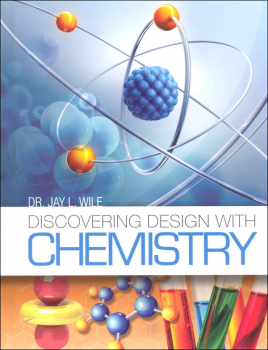
Our Price: $59.00
Bargains are available at
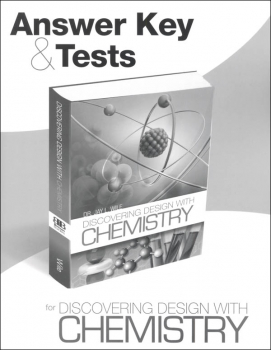
Our Price: $10.00
Bargains are available at
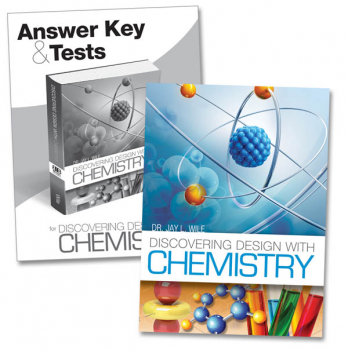
Our Price: $69.00
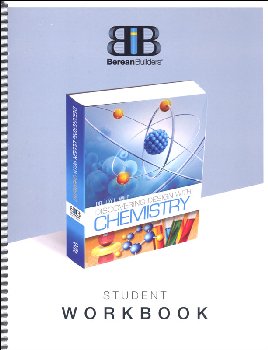
Our Price: $31.95
Bargains are available at

Our Price: $69.95
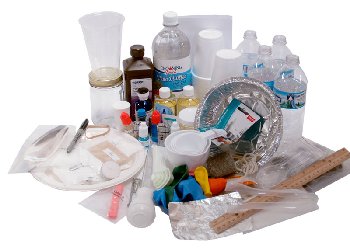
Our Price: $64.95
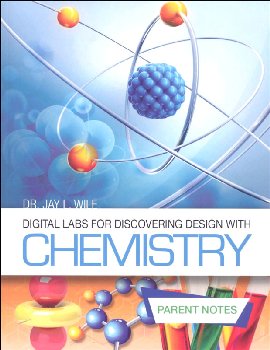
Our Price: $17.99
Bargains are available at
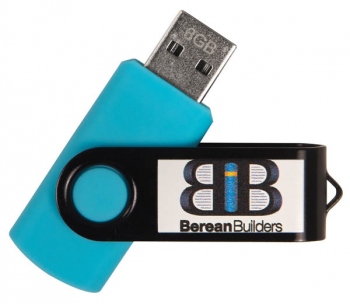
Our Price: $19.00
help desk software
dr jay wile discovering design with chemistry videos
Source: https://www.rainbowresource.com/category/12530/Discovering-Design-with-Chemistry.html
Posted by: jarvisthele1947.blogspot.com

0 Response to "dr jay wile discovering design with chemistry videos"
Post a Comment